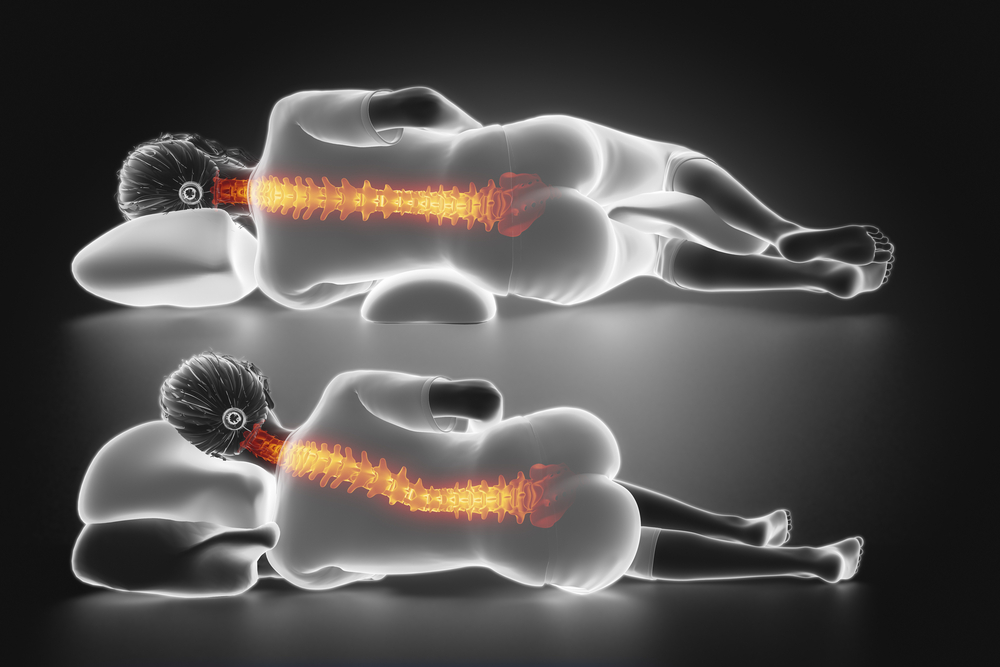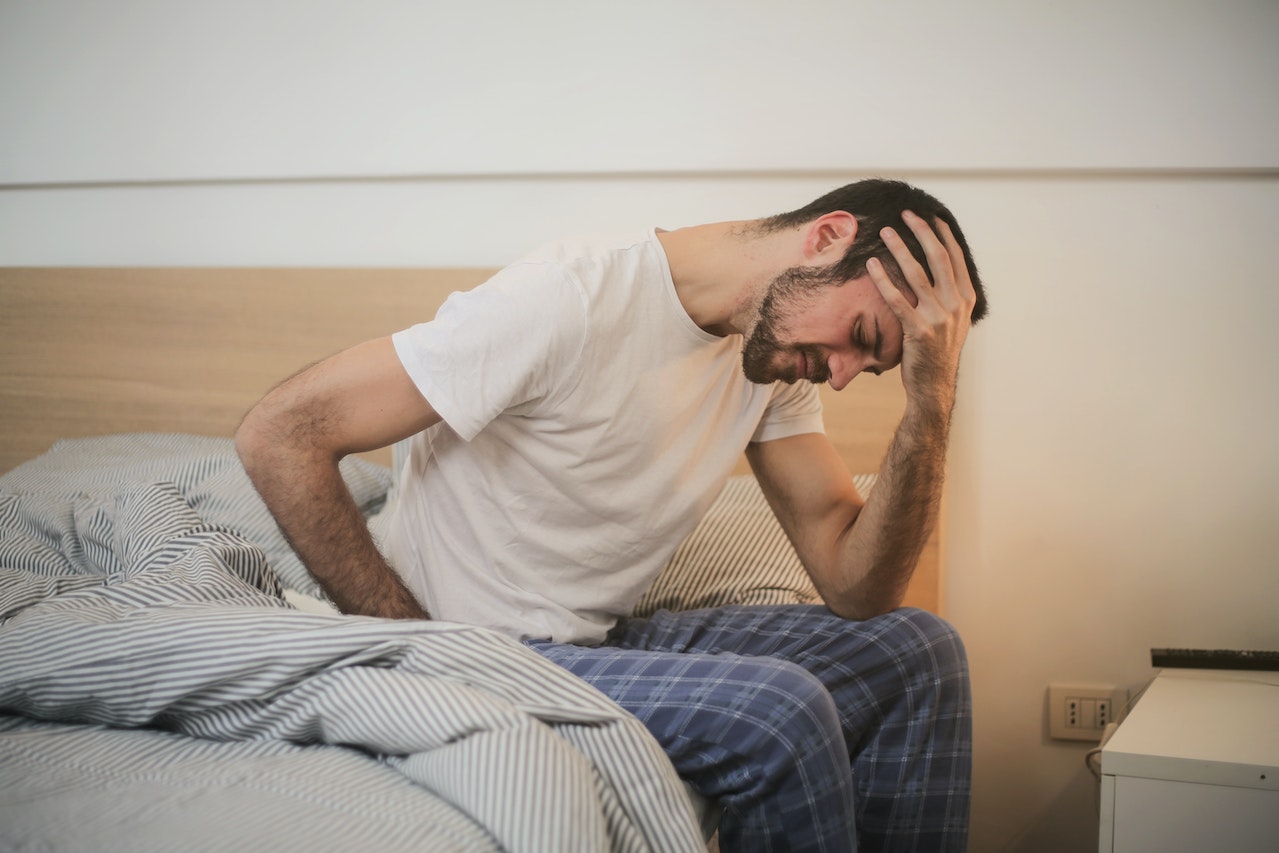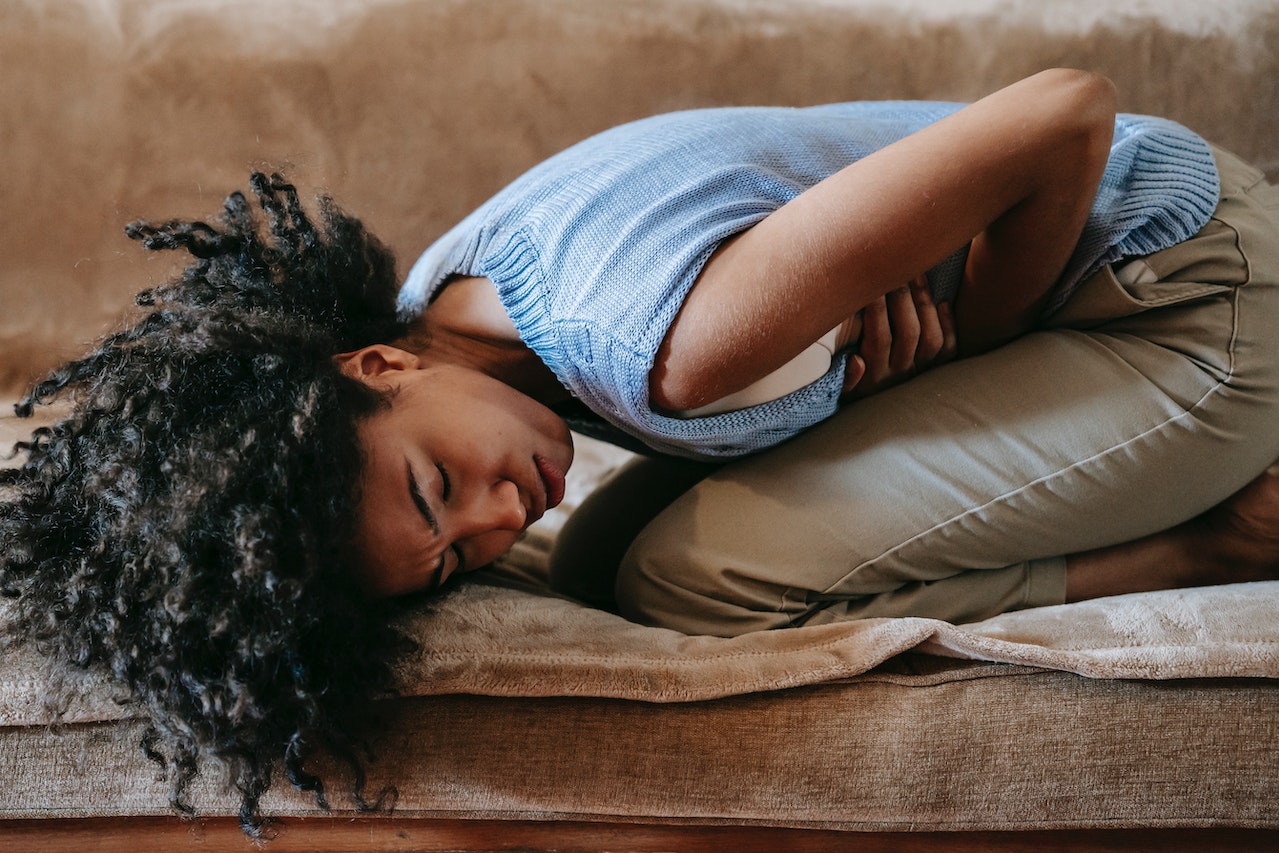How to Sleep with Back Pain


If you suffer from back pain, you know how challenging it can be to perform even the most straightforward, everyday tasks. Simple things we take for granted can exacerbate the agony leading to even more misery and discomfort. Back pain is the leading cause of disability worldwide, preventing many people from working or participating in day-to-day activities. In the US, almost one-half of working Americans complain of back pain each year, with more than 264 million lost workdays as a result. (1)
Keeping active is recommended by medical professionals as one of the best solutions to alleviate back pain. However, a good night’s sleep can be arduous. As the hours tick by and you struggle to find a comfortable position in which to rest, your motivation to move and keep active the next day fades. Plus your body has no time to rest and repair itself.
So how do you sleep with back pain to gain that all-important rest, allowing you to recuperate rather than aggravate the problem? Here we’re looking at a few solutions that may help you relax in a state of untroubled slumber.
The Link Between Sleep And Back Pain
The spinal column of a healthy adult is composed of four sections and 33 stacked vertebrae including, seven cervical vertebrae, twelve thoracic vertebrae, five lumbar vertebrae, five sacral vertebrae (fused to form the sacrum), and four coccygeal vertebrae (fused to form the tailbone, also known as the coccyx). It is the central support system and the main weight-bearing structure of the body, allowing us to stand, sit, walk, run, twist and bend. Damage to the back can come from strains, stress from lifting or carrying, posture, age, disease, or structural problems. (2) Acute back pain generally lasts up to a month, while chronic back pain can persist over several months.
Lack of sleep or disrupted sleep patterns are also intrinsically linked to pain. Discomfort from backaches can make it difficult to sleep, prolonging the healing process, or affecting mood that may heighten pain sensitivity. (3) Sleeping positions may also affect back pain by lying in a manner that could cause stiffness due to pressure on the lumbar region. (4)
How To Sleep With Back Pain
Uninterrupted sleep can go a long way to reducing back pain by aiding relaxation and encouraging healing. Here are a few techniques that may support sleep.
- Mattress support: Choosing the correct mattress can reduce some of the pressure on your lumbar region. The need for a firmer or softer mattress may be dependent on your body type. For example, people with low back pain may find sleeping more difficult on a firm mattress. But be careful of going too soft: if the mattress is too soft, your spine may over-twist, causing further pain. It is best to read customer reviews or road-test a few different types of mattresses before purchasing a new one. (5)
- Exercise to strengthen your back: Exercise is proven to aid sleep. Maintaining regular sleep patterns can support healing while exercising to strengthen the core muscles in the abdomen, hips, lower back, and pelvis can help ease back pain. (6,7)
- Getting in and out of bed with slow and careful movements will likely decrease the chance of making your back pain worse.
Sleeping Positions That Help Back Pain
How you sleep and in what position can improve, worsen, or even induce back pain. Employing a sleeping strategy that works for you can go a long way toward overall health and healing. Suggestions for improved sleep include:
- Sleeping flat on your back: This is one of the best positions to alleviate pain. Use a pillow under the knees for optimal spine alignment, maintaining the natural curve of the spine. Stress on your lower back is lessened by sleeping in this position. (8)
- Sleep on your side with a pillow between your legs: For this position, using a cushion keeps hips, pelvis, and spine in alignment. (9)
- Fetal position: Many people find great comfort in sleeping in the fetal position. Use a pillow to support the head and neck before drawing the legs up towards the chest, helping to open up the joints and reduce pain. (10)
- Sleeping on your stomach: While most experts suggest avoiding this position, for many, it is their favorite way to drift off into slumber. To relieve pain by sleeping in this position, place a pillow under the stomach which will take some pressure off the spine. (11)
Being able to sleep with spinal pain is a crucial element for recovery. By following the steps above, sufferers can take steps to lead healthier, happier lives. However, should symptoms persist, visiting a health professional should be arranged for a thorough diagnosis and further treatment.
Sources
- https://www.acatoday.org/Patients/What-is-Chiropractic/Back-Pain-Facts-and-Statistics
- https://www.ncbi.nlm.nih.gov/books/NBK279468/
- https://pubmed.ncbi.nlm.nih.gov/24290442/
- https://www.sleepfoundation.org/physical-health/how-to-sleep-with-lower-back-pain#:~:text=The%20best%20sleeping%20position%20for,make%20this%20position%20more%20comfortable.
- https://www.webmd.com/back-pain/best-mattress-for-lower-back-pain
- https://www.ncbi.nlm.nih.gov/pmc/articles/PMC1443671/
- https://www.ncbi.nlm.nih.gov/pmc/articles/PMC4934575/
- https://www.medicalnewstoday.com/articles/320870#best-positions
- https://www.keckmedicine.org/the-best-and-worst-sleep-positions-for-back-pain/
- https://www.healthline.com/health/healthy-sleep/best-sleeping-position-for-lower-back-pain#fetal-position
- https://www.medicalnewstoday.com/articles/320870#best-positions









